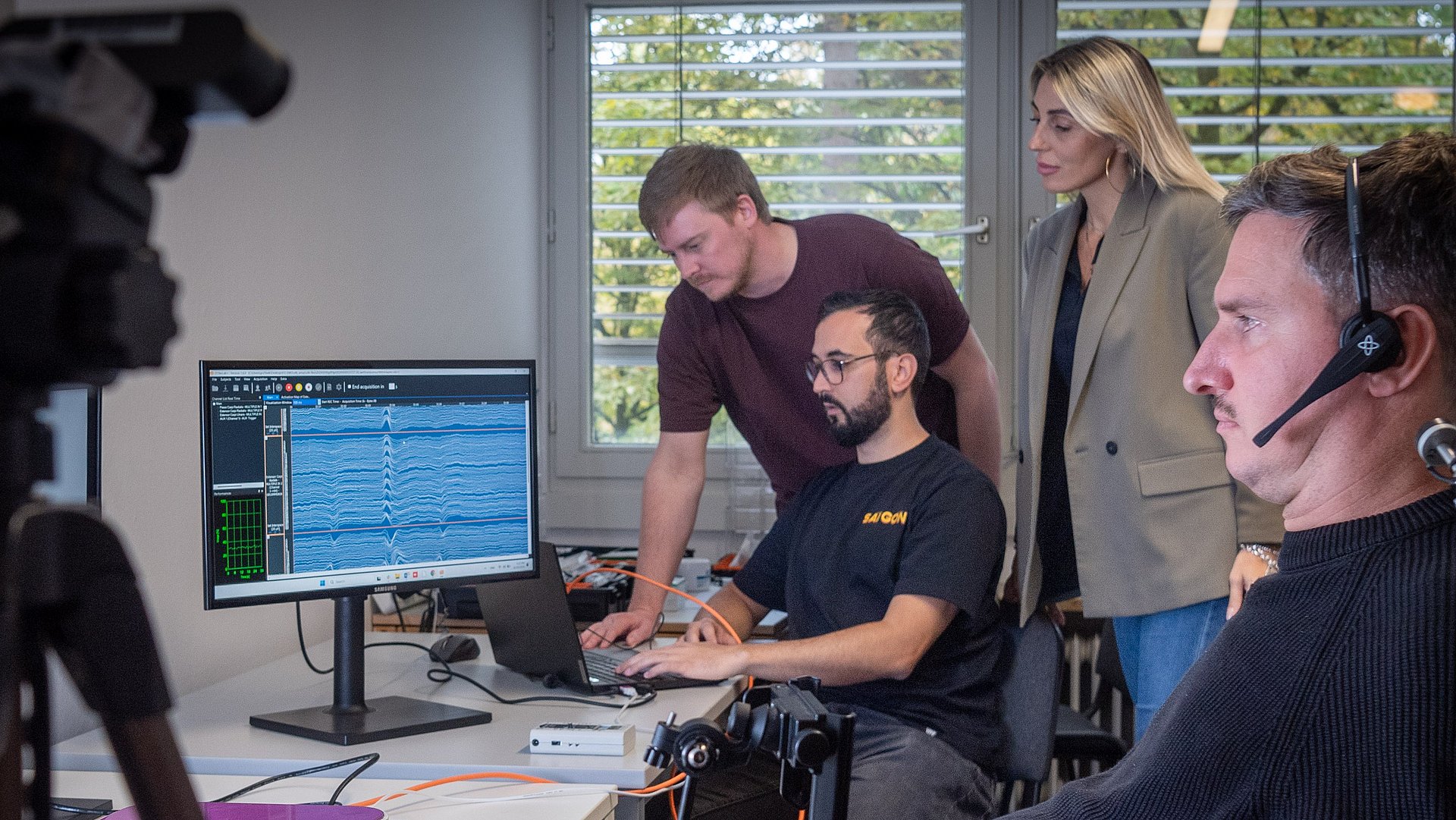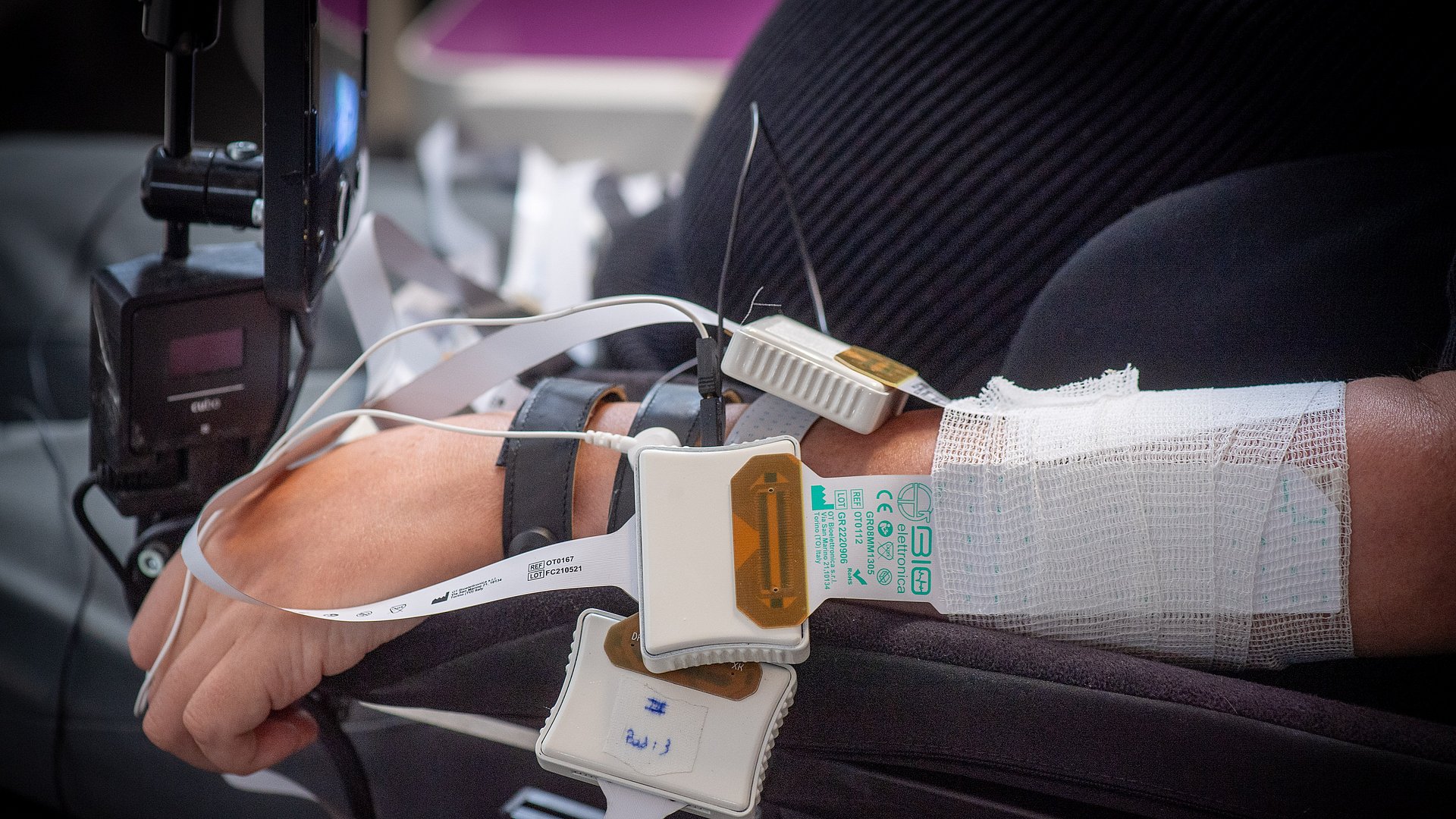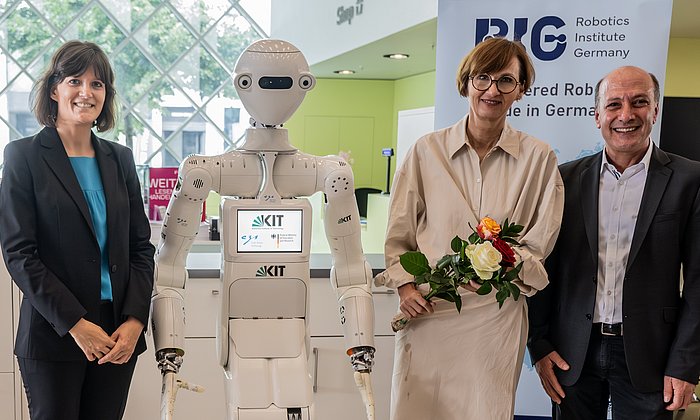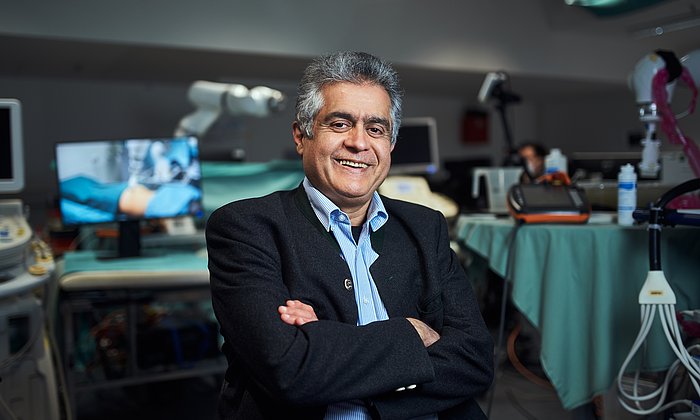Technical University of Munich enters cooperation with the Pfennigparade Foundation
Supporting disabled persons with robotics and AI
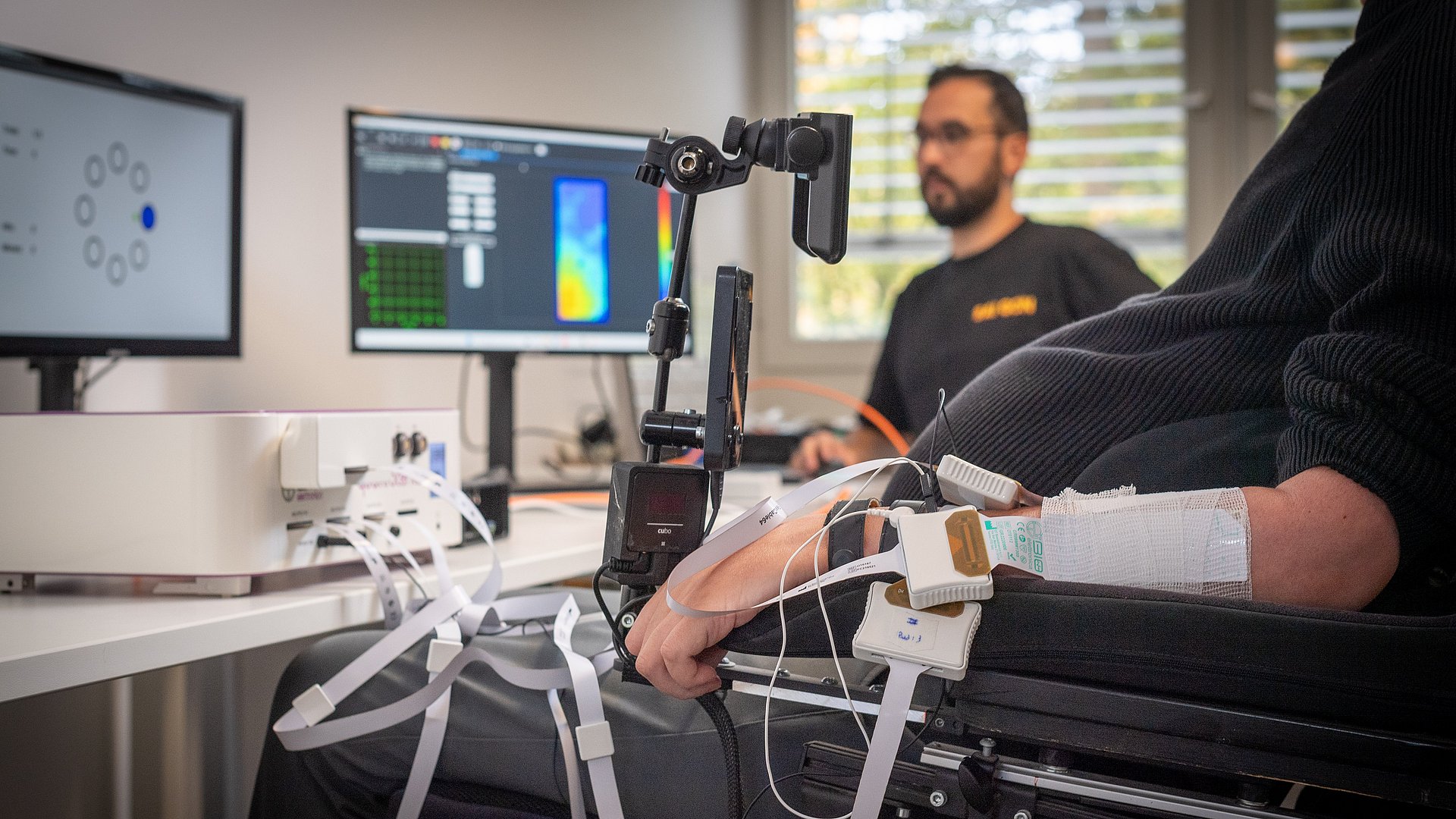
“I hope that one day I'll be able to control parts of my body again that I can now move only with great difficulty or not at all,” says Dennis Bruder from the Pfennigparade. The 38-year-old is responsible for the foundation’s digital marketing and social media. As a paraplegic with paralyzed arms and legs, he also receives support and care from Pfennigparade. In summer, the TUM Ethics Committee gave the go-ahead to the research project. “Working with physically impaired and disabled people is a great challenge and responsibility for us,” says project leader Dr. Melissa Zavaglia, a researcher at the Munich Institute of Robotics and Machine Intelligence (MIRMI) at TUM. “We look forward to working with Stiftung Pfennigparade towards solutions that help people,” said the executive director of MIRMI, Prof. Sami Haddadin.
Robert Hofer, Pfennigparade: “There is a great willingness to get involved.”
For over 70 years, the Pfennigparade Foundation has been striving to build a society where people with and without disabilities can live together easily in all areas of life. Pfennigparade seeks to support people impaired by illness, accidents and congenital disabilities. The mission: “Promoting self-determination, opening up perspectives and shaping opportunities for a self-determined future for people with disabilities.” Technical solutions can help to give people back the skills they have lost and thus enable them to lead a more independent life. “Many people in our care are very willing to participate in the research,” says Robert Hofner, the Managing Director of Outpatient Services at the Pfennigparade Foundation. “People with physical limitations are happy about every step forward that technology can offer them. Playing a role in ensuring that other people can also benefit from new robotic solutions in the future is a great motivation.”
First tests: identifying and decoding movement-related signals from muscles in spinal cord injury volunteers
In the coming weeks, the first study will focus on measuring muscle activity in two people with spinal cord injuries using special electromyography, a form of “high-density EMG”. “We will try to identify movement-related signals from the paralyzed muscles,” explains MIRMI researcher Ioannis Xygonakis. “And we want to investigate whether these signals could be used to control an assistive system or a wheelchair.” The researchers have developed a set of questions to assess how well people can perform typical everyday tasks.
Goals of Stiftung Pfennigparade: https://www.pfennigparade.de/ueber-uns/
Technical University of Munich
Corporate Communications Center
- Andreas Schmitz
- presse@tum.de
- Teamwebsite
Contacts to this article:
Dr. Melissa Zavaglia
Technical University of Munich
Munich Institute of Robotics and Machine Intelligence (MIRMI)
